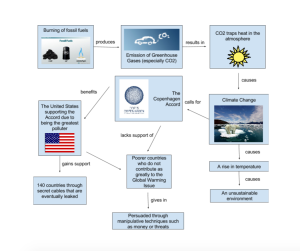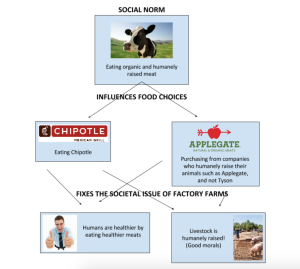In 125-175 words, describe threats to biodiversity in your own area and actions you can take to reduce this.
My city, South Bend, Indiana, is located on Lake Michigan. For years, we have had an issue with Asian carp in the Great lakes that is affecting the biodiversity within the lakes. The Asian carp are filter feedings and can consume 20% of their bodyweight per day in plankton and also grow to 100 pounds. This creates a competition with the other water life in Lake Michigan for food and creates threat to its competitors since it has no natural predators within North America. To combat this will take a lot of collective action. To reduce this, I can encourage my city to contact our officials to implement electric fences to keep out the Asian carp from entering into the Great Lakes. As for individual action, when fishing, it is important to be able to recognize Asian carp, and since it is legal, be able to trap them, shoot them, and even poison them.
In 125-175, pick a protected area and do research on how this protected area is working towards conserving biodiversity.
The protected area I am choosing is a national park, specifically Yellowstone National Park. As stated in the module, national parks serve to balance ecosystem protection via human recreation. Yellowstone works to conserve biodiversity by reintroducing wolves into their environment, which increases biological diversity at the park, specifically, the forests, since wolves are predators to elks who have been depleting the supply of trees within the park. After reintroducing wolves, elks were no longer heavily eating aspen trees, and their sprouts have had a greater survival rate. Along with this, cottonwood and willow populations have also recovered. Yellowstone is known for having many types of ecosystems, ranging from alpine tundra, mountain meadows, and grasslands. The regulations that Yellowstone have works to protect the flora and fauna there and preserve the biodiversity present.



